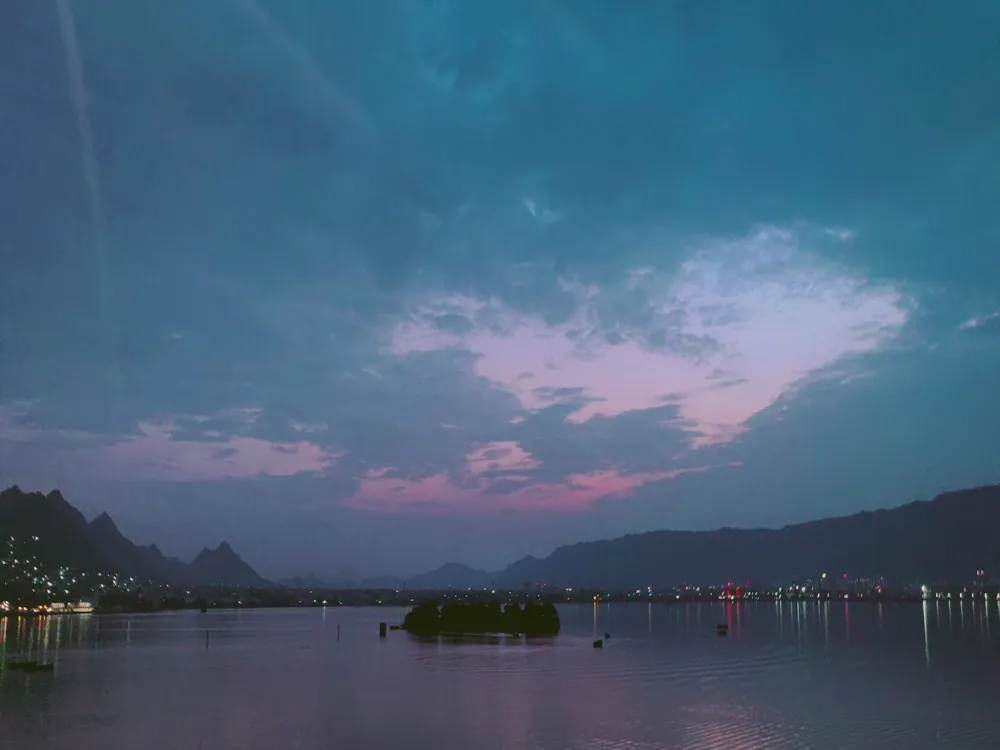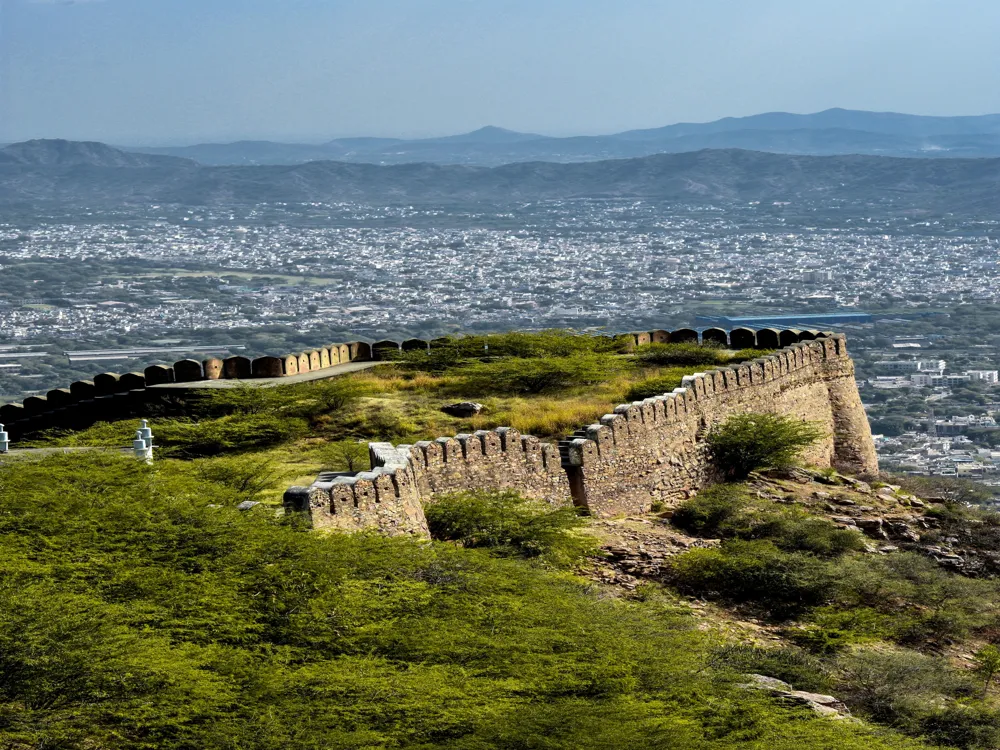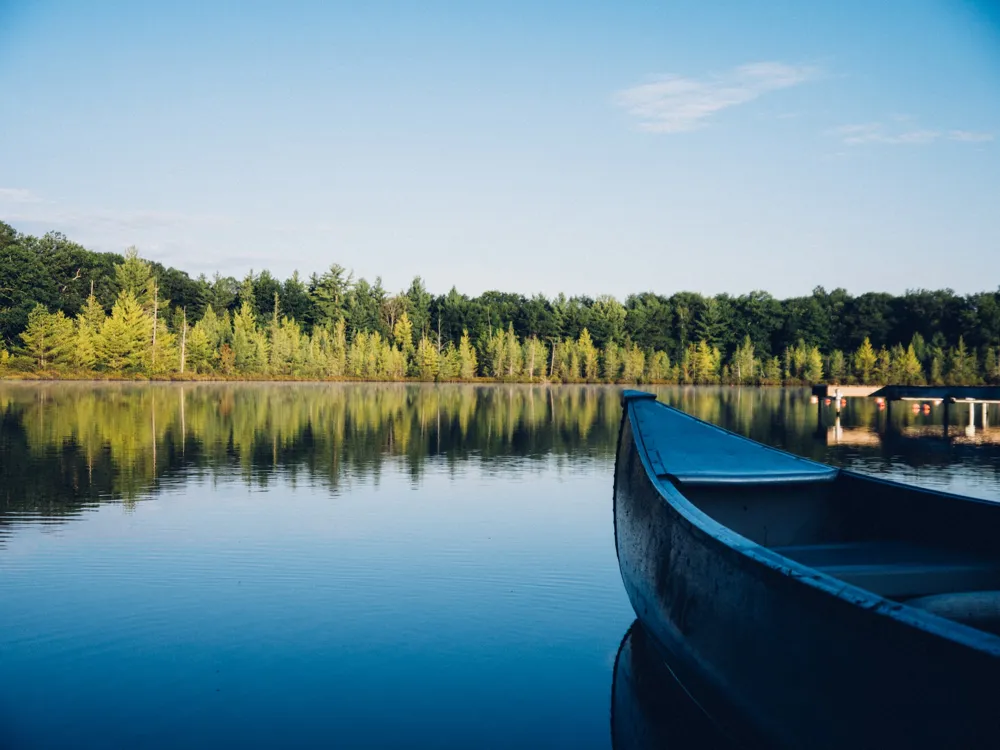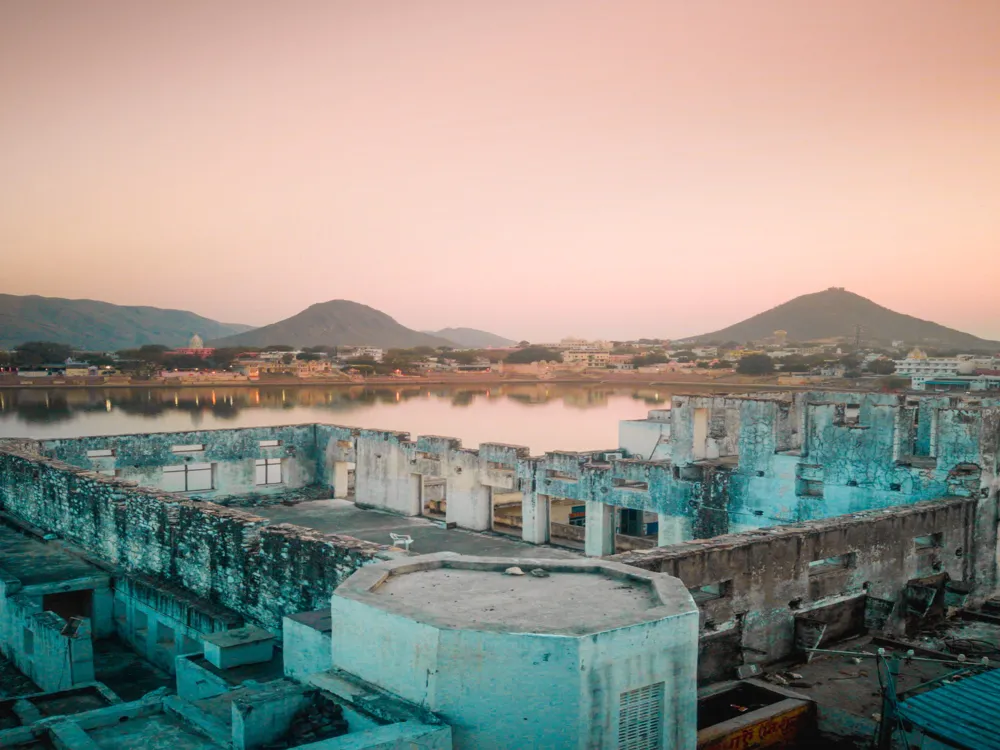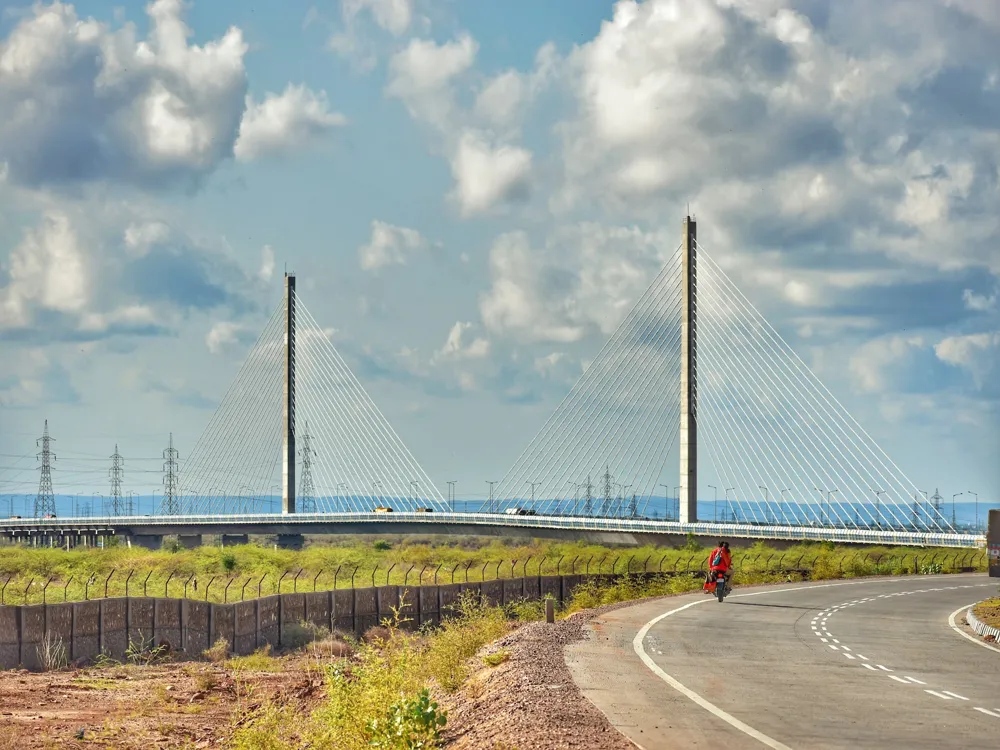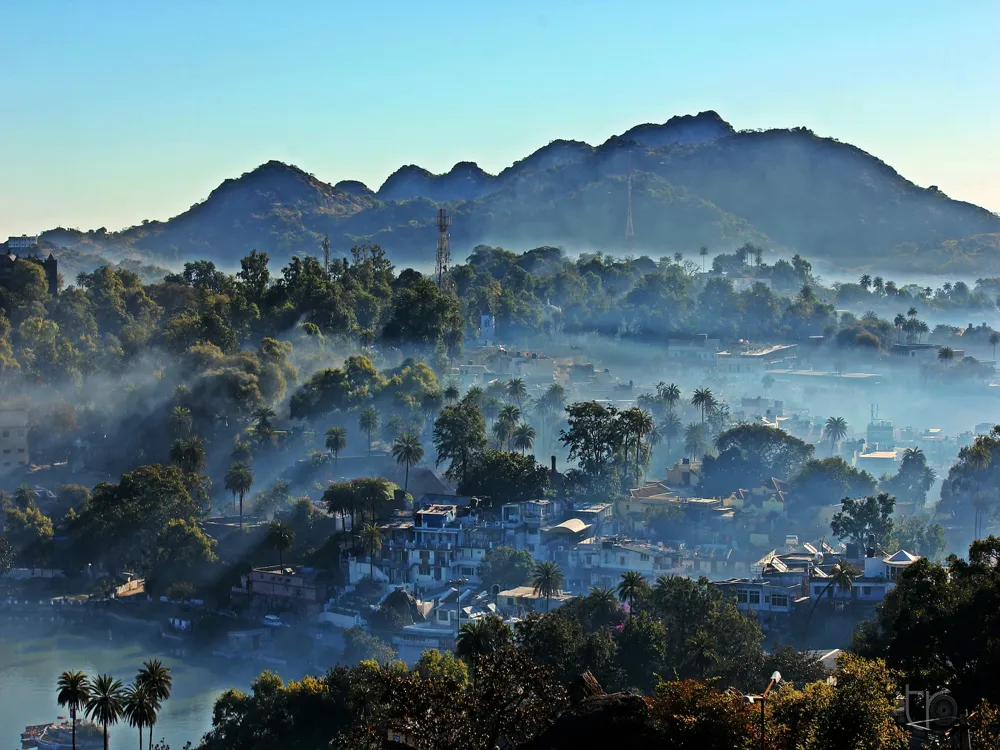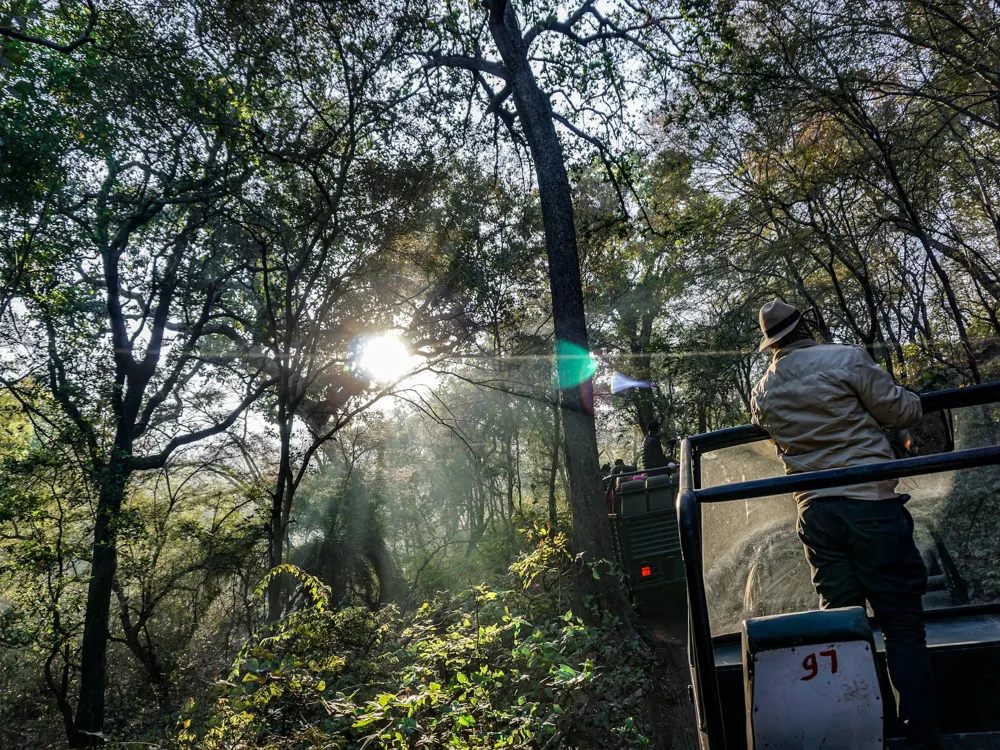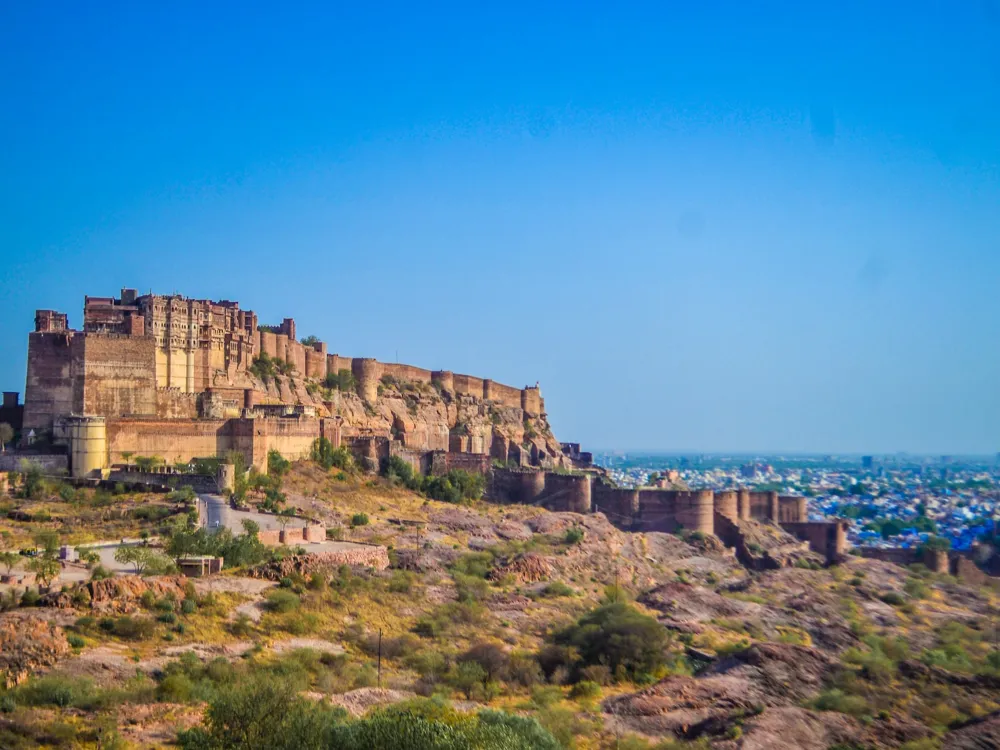Foy Sagar Lake, a picturesque artificial lake located in Ajmer, Rajasthan, is a marvel of engineering and natural beauty. Created in 1892, it was named after the English engineer, Mr. Foy, who conceived and designed this project as a part of famine relief measures. The lake, spread over an area of 14 hectares, was aimed at increasing water supply for the city of Ajmer. The beauty of Foy Sagar Lake lies not just in its serene waters but also in the panoramic views it offers of the Aravalli hills. Surrounded by lush greenery, it provides a tranquil retreat from the bustle of city life. The lake's shores are a popular spot for picnics and bird-watching, as it hosts various migratory and local birds throughout the year. Historically, Foy Sagar Lake holds significant importance. It is an example of the British era's commitment to infrastructure development in India. The lake was constructed using the 'bund' method, which involved creating a large embankment to store water. This technique, combined with the natural topography of Ajmer, resulted in a robust and efficient water storage system. The architectural design of Foy Sagar Lake is a testament to the ingenious engineering skills of the 19th century. The lake was built as a part of a larger famine relief project, initiated by the British government. The primary objective was to create a reservoir to counteract the effects of famine by providing a steady water supply for agriculture and domestic use. The lake's design features a unique combination of technical proficiency and aesthetic appeal. The primary structure is the earthen dam, also known as the bund, which was constructed using local materials. This bund is responsible for holding the vast volume of water and regulating its flow. The design also includes a sophisticated system of canals and sluices that control the water level, ensuring it remains stable throughout the year. Furthermore, the architectural layout was planned to blend seamlessly with the surrounding landscape. The curvature of the bund and the positioning of the lake were carefully calculated to enhance the natural beauty of the Aravalli hills. This harmonious blend of functionality and aesthetics makes Foy Sagar Lake not just a piece of engineering marvel but also a work of art. Winter (October to March) is the ideal time to visit Foy Sagar Lake due to the pleasant weather, making it perfect for sightseeing and outdoor activities. Enjoy bird watching, picnics, and photography. The lake's serene environment makes it a great spot for these activities. Always prioritize safety near water bodies. Supervise children and follow local guidelines for a safe experience. Reaching Foy Sagar Lake is fairly straightforward, as Ajmer is well-connected by various modes of transportation. If you are traveling by air, the nearest airport is the Kishangarh Airport, approximately 30 kilometers away. From the airport, you can hire a taxi or use local transportation to reach the lake. For those preferring rail, Ajmer has its own railway station, which is well-connected to major cities in India. The lake is around 5 kilometers from the Ajmer railway station, and local taxis or auto-rickshaws are readily available for the short journey. If you are traveling by road, Ajmer is accessible via National Highway 48. Buses, both state-run and private, operate regularly to Ajmer from nearby cities. Once in Ajmer, local transportation can be used to reach Foy Sagar Lake. Read More:Overview of Foy Sagar Lake, Ajmer, Rajasthan
Architecture of Foy Sagar Lake
Tips When Visiting Foy Sagar Lake
Best Time to Visit
Activities to Enjoy
Safety Measures
How To Reach Foy Sagar Lake
Foy Sagar Lake
Ajmer
Rajasthan
₹ 9,000 onwards
View ajmer Packages
Weather :
Tags : Lake
Constructed in : 1892
Constructed By : Mr. Foy
Planning a Trip? Ask Your Question
Ajmer Travel Packages
View All Packages For Ajmer
Top Hotel Collections for Ajmer

Private Pool

Luxury Hotels

5-Star Hotels

Pet Friendly
Top Hotels Near Ajmer
Other Top Ranking Places In Ajmer
View All Places To Visit In ajmer
Faq on Ajmer
What is the significance of Foy Sagar Lake?
Foy Sagar Lake is significant for its scenic beauty and as a popular picnic spot for locals and tourists alike.
Is boating allowed on Foy Sagar Lake?
Yes, boating is allowed on Foy Sagar Lake, providing visitors with an opportunity to explore its tranquil waters.
Are there any facilities available near Foy Sagar Lake?
Yes, there are facilities such as parking, restrooms, and snack vendors available near Foy Sagar Lake for the convenience of visitors.
What is the best time to visit Foy Sagar Lake?
The best time to visit Foy Sagar Lake is during the winter months (October to March) when the weather is pleasant and the surroundings are lush green.
Is Foy Sagar Lake suitable for photography enthusiasts?
Yes, Foy Sagar Lake offers breathtaking views that are perfect for photography enthusiasts, especially during sunrise and sunset.
View ajmer Packages
Weather :
Tags : Lake
Constructed in : 1892
Constructed By : Mr. Foy
Planning a Trip? Ask Your Question
Ajmer Travel Packages
View All Packages For Ajmer
Top Hotel Collections for Ajmer

Private Pool

Luxury Hotels

5-Star Hotels

Pet Friendly
Top Hotels Near Ajmer
Other Top Ranking Places In Ajmer
Faq on Ajmer
What is the significance of Foy Sagar Lake?
Foy Sagar Lake is significant for its scenic beauty and as a popular picnic spot for locals and tourists alike.
Is boating allowed on Foy Sagar Lake?
Yes, boating is allowed on Foy Sagar Lake, providing visitors with an opportunity to explore its tranquil waters.
Are there any facilities available near Foy Sagar Lake?
Yes, there are facilities such as parking, restrooms, and snack vendors available near Foy Sagar Lake for the convenience of visitors.
What is the best time to visit Foy Sagar Lake?
The best time to visit Foy Sagar Lake is during the winter months (October to March) when the weather is pleasant and the surroundings are lush green.
Is Foy Sagar Lake suitable for photography enthusiasts?
Yes, Foy Sagar Lake offers breathtaking views that are perfect for photography enthusiasts, especially during sunrise and sunset.







